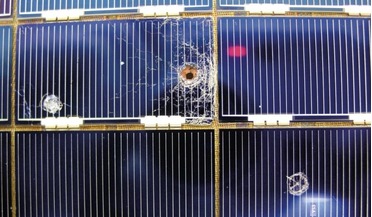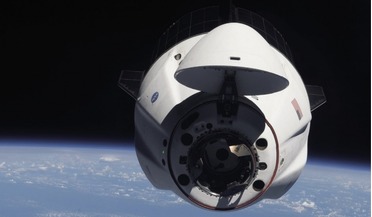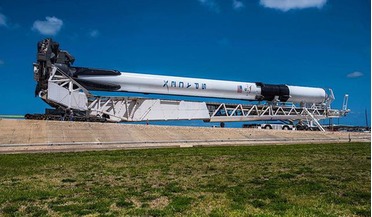 February 2021
Space archaeology - preserving our orbital heritage
February 2021
Space archaeology - preserving our orbital heritage
... even a small paint flake travelling in excess of 17,500 miles per hour is significant, as shown by craters observed in Space Shuttle windows. Whilst larger assets such as the ISS have Whipple shielding to provide a measure of protection from debris...
 July 2021
Collaboration and competition in lunar exploration
July 2021
Collaboration and competition in lunar exploration
... Services (CRS) programme, was designed to fill the gap in orbital transportation following the retirement of the Space Shuttle. Under this programme, NASA provided funding and technical support, resulting in the development of private cargo supply...
 April 2024
Agencia Espacial Española – Spain’s future assurance
April 2024
Agencia Espacial Española – Spain’s future assurance
... of Science from 2018 to 2021). Pedro Duque (left) became the first Spanish astronaut to go into orbit on the Space Shuttle STS-95 Discovery mission in October 1998. He is pictured with colleague Scott Parazynski during their training. The country...
 May 2024
Spaceflight revolution on a shoestring
May 2024
Spaceflight revolution on a shoestring
...airline flights per fatal accident. By contrast, the Space Shuttle had two fatal accidents in just 135 flights over ...use components. Launch safety has improved considerably since the Space Shuttle but still falls far short of aviation standards. Since...
 August 2016
Are the days of innovation in global space over - or just beginning?
August 2016
Are the days of innovation in global space over - or just beginning?
...-going activities we can discuss power in several ways. According to NASA, the main engines propelling the Space Shuttle to Earth orbit generate a total of 37 million horse-power. Alternatively, we can define power in terms of work/time, as an astro...
 08 August 2018
The most reusable and reliable rocket ever?
08 August 2018
The most reusable and reliable rocket ever?
.... How will the Block 5 fair after its latest trip to space? Well, after the first flight back in May, contrary to the...its Mars colonising BFR system; a sort of huge interplanetary space shuttle used to ferry people to Mars that Musk unveiled plans for...